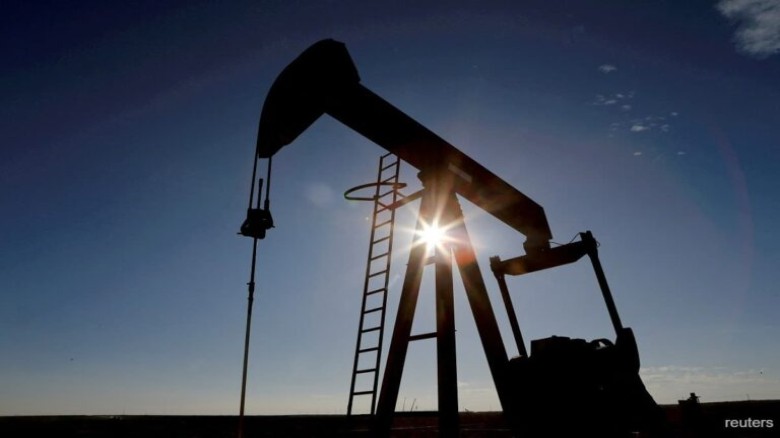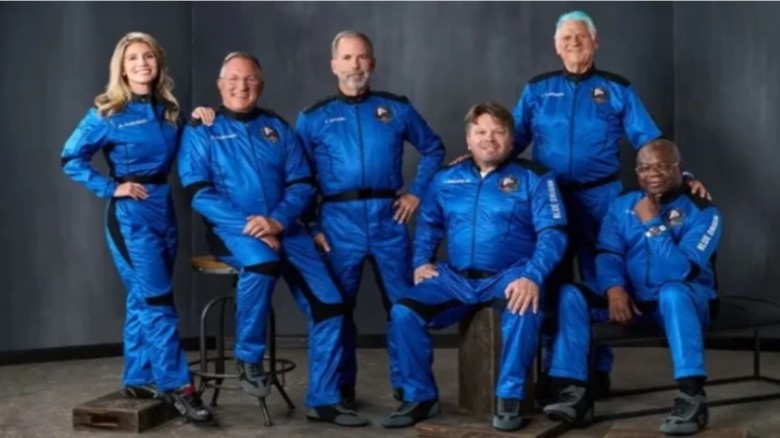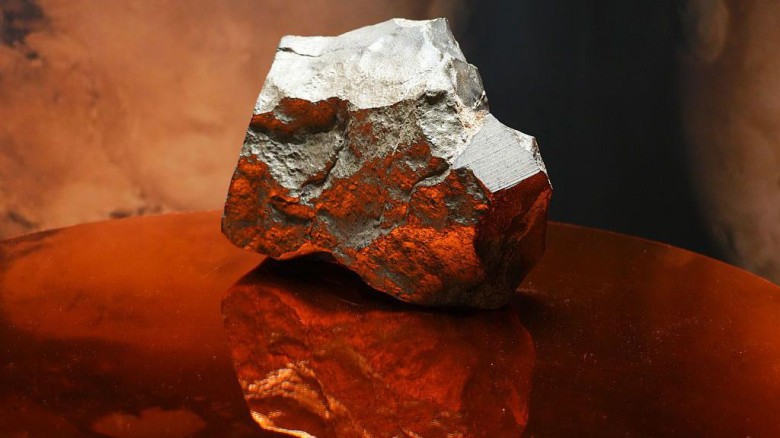Largest known Mars rock on earth sells for $5.3m at auction
A colossal meteorite, considered the largest fragment of Mars ever found on Earth, has been auctioned off for $5.3 million, including taxes and fees, to an unidentified buyer at Sotheby’s in New York.This unusual specimen, referred to as NWA 16788, weighs around 24.5 kilograms (54 pounds)—much larger than the usual Martian meteorites, which are generally smaller fragments. As stated by Sotheby’s, NWA 16788 is approximately 70% bigger than the second-largest known meteorite from Mars.
The rock was discovered in November 2023 in the isolated Agadez region of Niger. Experts have described it as a “monumental specimen” and a “once-in-a-generation find,” due to its remarkable size, distinctive red color, and scarcity—only about 400 Martian meteorites have ever been found on our planet.
“This is the largest Martian meteorite ever discovered, and the most valuable of its kind ever presented at auction,” remarked Cassandra Hatton, Sotheby’s Vice Chairman for Science and Natural History. “Its weathered exterior and distinct red hue provide a tangible link to the red planet.”
Scientific evaluations propose that the rock was ejected from the Martian surface due to a significant asteroid impact, which melted parts of the rock into glass. A glassy layer developed on its surface as it entered Earth’s atmosphere before landing.
While the auction of the meteorite thrilled collectors and space aficionados, some scientists expressed worry about its privatization.
“It would be unfortunate if it ended up hidden away by a wealthy individual,” commented Steve Brusatte, a paleontology professor at the University of Edinburgh. “It should be housed in a museum, where it can be researched and admired by the public.”
Conversely, others emphasized the crucial role collectors have in promoting planetary science. Dr. Julia Cartwright, a planetary scientist from the University of Leicester, pointed out that the meteorite market encourages discoveries, ultimately aiding research.
“If samples weren’t being located and sold, our knowledge would be significantly limited,” she explained. “While having this remarkable rock publicly exhibited would be fantastic, I remain optimistic that the new owner will still allow it to be accessible for academic investigation.”
A reference piece of NWA 16788 has been stored at China’s Purple Mountain Observatory, ensuring that researchers maintain access to part of the specimen.
This transaction greatly exceeds prior records. In 2021, a smaller Martian meteorite containing atmospheric samples was sold for $200,000 at Christie’s—well beyond its initial estimate of $30,000 to $50,000.
The ultimate location of NWA 16788 is still uncertain, but experts assert that its scientific significance is far from diminished.
























Leave A Comment